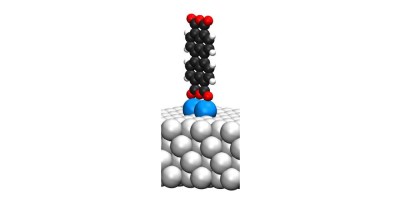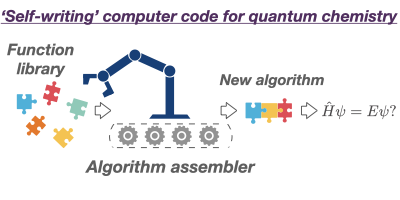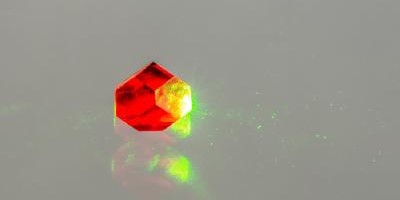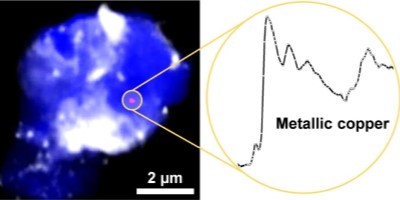News Library
Towards universal software for quantum dynamics simulations
Prof. Scott Habershon receives a share of EPSRC funding for COSMOS - a major project to create a universal software framework for quantum dynamics simulations with UCL.
Graphene discovery could help generate hydrogen cheaply and sustainably
Researchers from Warwick and Manchester finally solve long-standing puzzle of why graphene is so much more permeable to protons than expected by theory.
Computational Surface Science Group celebrates Successes

The Computational Surface Science Group is celebrating a number of notable successesLink opens in a new window, from an exciting EPSRC-funded computing consortium, co-led by Reinhard Maurer, to great fellowship news.
Spotlight on: Svenja Janke, Ramsay Memorial Trust Fellow

Dr Svenja Janke starts her Ramsay Memorial Fellowship to discover "A New Method to Simulate Absorption and Emission Spectra of Hybrid Organic-Inorganic Perovskites". Learn moreLink opens in a new window.
Prof Julie MacPherson supports Royal Society diversity drive

Professor Julie MacPherson has joined other successful scientists to encourage women to apply for Royal Society Industry Fellowships in a new video. Read more.
Lindau Nobel 2022 Success for Dr Julia Westermayr

Dr Julia Westermayr, Maurer GroupLink opens in a new window, has been selected to attend the prestigious 71st Lindau Nobel Laureate Meeting, 26 June–1 July 2022. Read moreLink opens in a new window
Production Polysaccharides at the Cell Surface

The Stansfeld groupLink opens in a new window, in SLS and Chemistry, have published two papers in the journal Nature on the production of polysaccharides around cells.
Pint of Science: Medicines of the Future

Learn about 'Engineering the Medicines of the Future'. Join Alex Baker, Lona Alkalaf and Scott Habershon for a Pint of Science at the Royal Pug, Leamington Spa, 18.30, Monday 9 May.
Competing quantum interactions allow molecules to stand up

International research collaboration determines the temperature range at which a 'standing' molecule can be stabilised. Read more.Link opens in a new window
'Self-writing' code learns quantum chemistry

A new `self-writing' computer program learns to solve a key equation in computational chemistry.
Chemistry joins synthetic diamond Prosperity Partnership

Researchers in the Departments of Chemistry, Physics and Engineering will work with Element Six on establishing a synthetic diamond supply chain for industry, with EPSRC support.
Discovery of microscopic metallic particles in the human brain

A UK-led international team of researchers has discovered elemental metallic copper and iron in the human brain for the first time.
